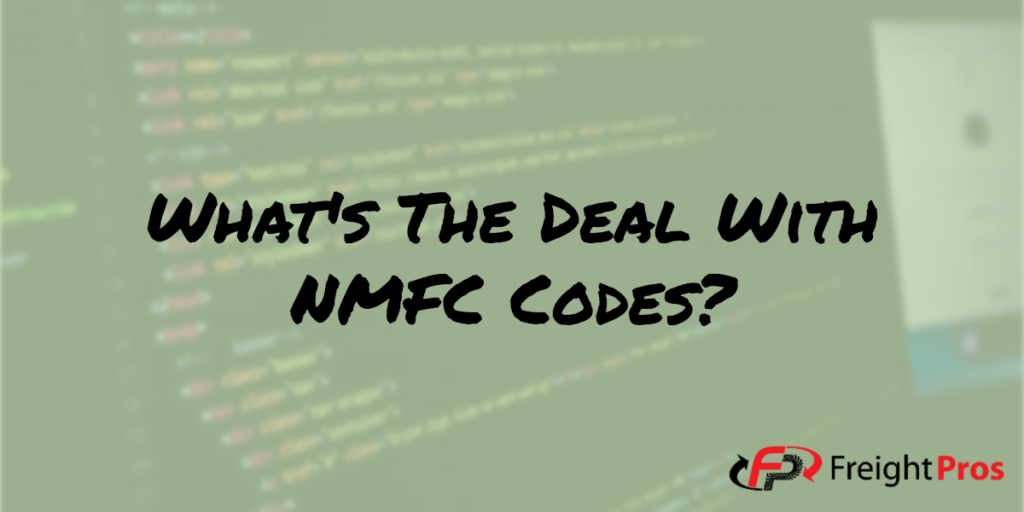
Classing your freight can be difficult, especially with the current classing system the majority of LTL carriers use. An organizational body known as the National Motor Freight Traffic Association (NMFTA) is responsible for publishing the National Motor Freight Classification (NMFC), a standard that provides a code to just about any commodity imaginable. This code has a corresponding class that is used to calculate your freight shipping cost.
Always Put Your NMFC Code on Your Bill of Lading
If you don’t have an NMFC code listed on your BOL, there is a good possibility that your freight will be reclassified. Some carriers will assign an arbitrary class if there is no code listed on the BOL, often outlined in a carrier’s rules tariff. In Dispatches from the Classmaster, Lucas outlined the importance of providing an accurate description of your freight. This, along with the proper code, will greatly reduce the possibility of additional reclass charges.
Related: NMFC Codes ListSub-NMFC Codes
As previously mentioned, there are also Sub-NMFC codes which are noted with a dash after the code (i.e. 116030-5). One important thing to do regarding density-based codes (density calculator) is confirming that the Sub-NMFC code matches the correct freight class. As a billing specialist at FreightPros, I’ve seen numerous occasions where a freight class and NMFC code don’t match.
Carriers sometimes overlook this, but it’s also not uncommon for them to charge you at the higher class; whether it be the class that was listed, or the class corresponding to the Sub-NMFC codes on the BOL. These can often be disputed, but usually require a manufacturer’s specification sheet and a packing list proving the correct class. That’s more work for both the customer and the broker, and can be avoided by simply double-checking to make sure your class and NMFC code match.
In conclusion, ALWAYS provide an NMFC code on your BOL, the correct freight class, and an accurate description.
If you do these three things each time you ship LTL, then the chances of you incurring additional reclass charges are greatly reduced. And if you have any questions or doubts regarding your product’s freight class, a FreightPro is always here to help.
For more information on Freight Class, download our Freight Paper, The Mysteries of Freight Class for FREE.